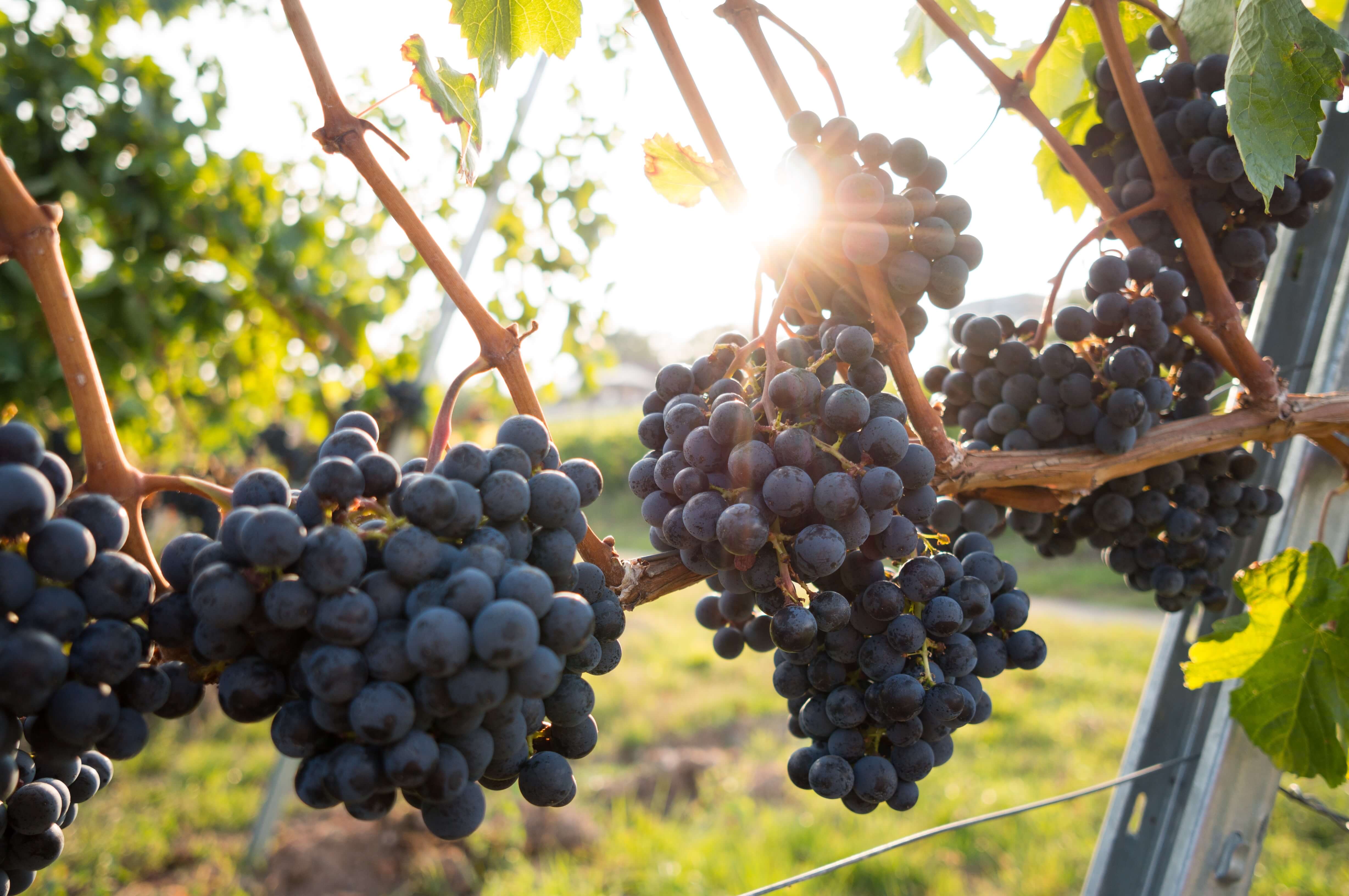Autonomous Vineyard Monitoring Robot
Introduction:
VineScout, a European research consortium, has created a new protype of its autonomous vineyard monitoring robot. The new robot will help vineyard owners measure water availability of the vine, evaluate the temperature of the leaves and crown, and monitor plant health. Before this new robot, it was usually too expensive and complicated to monitor these parameters with different products.
Improvements:
This new robot protype now has improved autonomous navigation and refined artificial intelligence. The robot is more compact and agile, meaning it is better fit for harsh environments. The robot uses an Apogee infrared radiometer (SI-411) to generate a temperature map of the plants in real time.Results:
The improved prototype can now move faster and with greater safety through the vineyard. The robot is rugged and can work in hostile environments. The robot can also generate maps at night, which allows owners to consolidate more information about their plants. The robot can gather over 3,000 data points per hour, rather than the 20 measurements owners could gather manually.
Conclusion:
The next step for researchers is to compare the robot’s measurements to those taken manually to ensure correlation. If the results are similar, the robot will become an effective and practical monitoring system for vineyard owners.
Image 2. Autonomous vineyard monitoring robot works both day and night and features an Apogee infrared radiometer (SI-411).

Image 1. Photo by David Köhler; Sunny grapes in a vineyard
